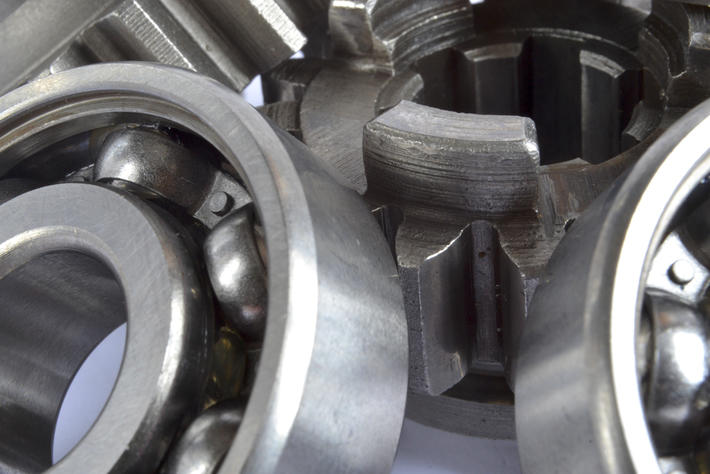
Slightly growing in the last year, the production of non-ferrous castings
Compared to the national panorama, Italian non-ferrous metal foundries represent 82% of the Italian foundry industry in terms of companies, 61% in terms of the workforce employed; they generate 63% of the overall turnover and produce 44% of the total volume of castings.
In 2023, after a 2022 of strong slowdown for non-ferrous metal foundries, production essentially remained at the volumes of the previous year.
The results observed last year have a positive sign, but with a modest growth rate in terms of volumes (+0.9%) and an overall output that settled at just above 820,000 tons.
The greatest push for growth came from zinc castings and copper alloys, with a less important contribution from aluminum, which experienced a somewhat subdued 2023.
The positive sign characterized all metals, albeit with very varied amounts of variation between them, with the exception of magnesium, which experienced a vertical collapse.
The historical series of the production of non-ferrous castings relating to the last twenty years allows us to examine the phase in which the sector is currently located and retrace the various stages of development.
In the early 2000s, non-ferrous metal foundries experienced a long phase of production expansion, which reached its peak in 2007. The average annual growth rate (CAGR) in this time interval was around +2%. Precisely in this historical period, Italy reached its record in terms of tons produced (almost 1.1 million tons), conquering the European primacy and taking the leadership away from Germany.
After reaching the peak, coinciding with the global economic recession of 2009, the sector began a phase of progressive erosion of volumes which, from 2011 to 2019, cost an average annual loss of -2%. During this phase of contraction, further aggravated by the pandemic crisis of 2020, the sector underwent a significant leveling of production output which, on average over the last three years, settled at around 840,000 tonnes
Aluminum castings
Aluminum output stood at 684,729 tons, with a growth rate of +0.4% compared to the previous year.
Zinc and alloy castings
A decidedly more sustained development involved the production of zinc and alloy castings (92,732 tons), with an increase of +5.2%.
Copper, brass, bronze and alloy castings
The category of red metals (copper, brass and bronze) grew on average by +2.5% compared to 2022. The production level of the latter stood at around 48,022 tons.
Magnesium castings
The erosion of volumes in this segment of the non-ferrous metal market continues, which, with just over 2,000 tons per year, now has marginal representation. The loss of 2023, equal to -21%, is added to that of -42% of 2022. On the historical evolution of this alloy, it emerges that in the last twenty years the magnesium casting sector has had a real production collapse, going from 16,000 tons to the current 2,000 tons.
Outlet markets for non-ferrous castings
The incidence of means of transport has grown compared to 2022, reaching 57% of the total non-ferrous castings in 2023.
Almost 470,286 tonnes were allocated to this outlet market in 2023 and the growth was +2.3% compared to the volumes of the previous year. Among the other production sectors, construction, which absorbs 16% of the production of non-ferrous castings, achieved an increase of +1.5% with 133,303 tonnes produced. The contribution to the sectoral development of the mechanical industry, whose weight is 7% of the total, was negative (-6.7% with 61,270 tonnes). The category of durable goods (household appliances, etc.), for which 62,098 tons of castings were produced, had a decrease of -5.4%, while the contribution of electrical engineering, with 74,517 tons, was positive with an average annual increase of +0.9%.
Source: In Fonderia – ll magazine dell’industria fusoria italiana


